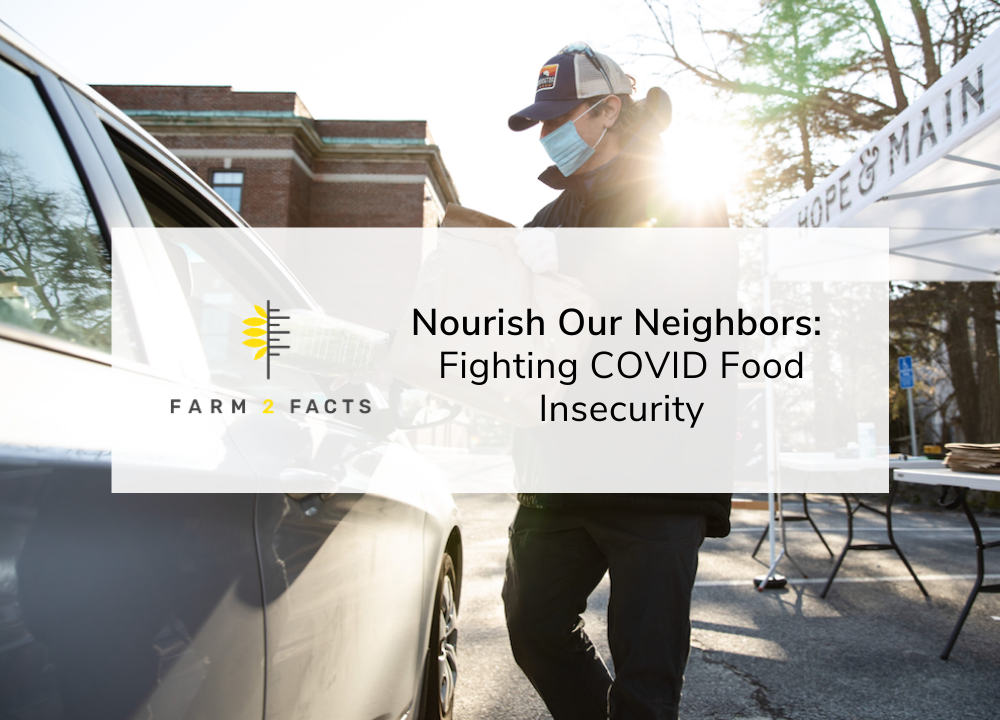
Right now, getting fresh, healthy meals to underserved communities is more important than ever. The Schoolyard Market is a prime example of how farmers markets can be used as a tool for fighting food insecurity, particularly during the COVID-19 pandemic.
Hope and Main (H&M) is a kitchen incubator based in Rhode Island. Although their primary mission is to help small food businesses get off the ground, their farmers market has been essential for providing meals to the surrounding community. H&M originally reached out to the Bristol Warren Food District to distribute school meals when schools had closed due to the pandemic. The Schoolyard Market was the perfect distribution point. The outside location of the market space made it much easier to reconfigure than a brick-and-mortar building, and the market eventually became the only location to offer drive-through pickup.
After noticing that the parents picking up the school lunches needed meals too, H&M fundraised within the community to provide family dinners. The program, deemed Nourish Our Neighbors, raised over $70,000 from almost entirely individual donations. Although it was marketed towards families with young students, anybody in the community could come get a free meal.
The goal of this program was to not only provide food security, but food dignity. H&M wanted to offer families an alternative view of the frozen, heavily processed meals that were being served as school lunches. The meals, created by the incubated food companies within H&M, were in stark contrast to the meals provided by the school district. The Nourish Our Neighbors program traded frozen mozzarella sticks for harissa chicken over couscous. Ali Montagnon, the Marketing Director of H&M, stated, “It was really nice to show people, you deserve real food. You’re just as human as I am… we wanted to balance food equity.”
In addition to the food itself, the method of distribution emphasized equity. H&M eventually started a Buy One Give One program, in which community members could buy a meal for themselves and also cover the cost of producing a meal for a neighbor in need. The meal is identical, and each week features an exclusive menu item made by one of H&M’s producers. On Wednesday night, the pick-up spot for both people getting that meal is at the same spot at the market. Montagnon says, “It creates this mingling point, that’s completely equal… the people who paid for the meal and the people who are getting the free meals are anonymous to each other… You’d usually pay for a fancier meal and the people who can’t afford one get the lower-grade food, but not in this case.”
H&M’s variety of member businesses and flexible operations mirror those of a farmers market and its vendors. Their flexibility, values of food justice, and variety of members allowed them to quickly repurpose places and people to serve their community.
